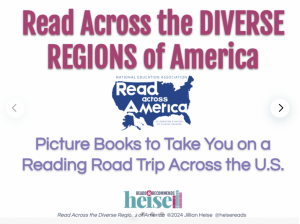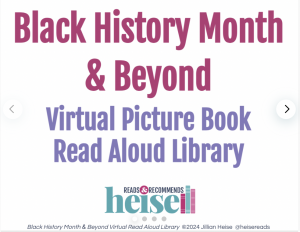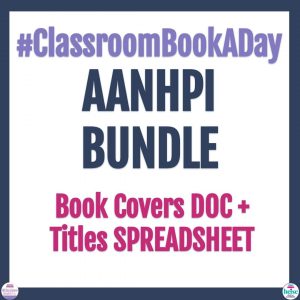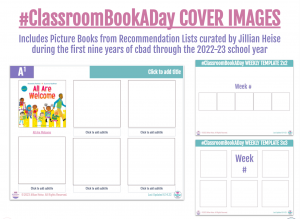Let’s begin with the most important thing you can take away from this post:
Graphic novels ARE “real” reading!!!

In all my interactions with K-8 readers throughout my 17-year career as a classroom teacher and librarian, there has been one constant – graphic novels. They may be even more popular and validated in the publishing world now than perhaps ever before. However, even 15 years ago, my readers were always drawn to them. When I am ready to dismiss students to go find books to check out in my library, I have to ensure I am not in the pathway that leads right to the graphic novels! They are just that popular!

There is something magical (and yes, scientific) about the combination of text and visuals in a book. It creates a stronger reading experience for those readers who are striving to improve, as well as those who are already far above their grade level. Literacy specialists Harvey and Ward explain, “The combination of accessibility and literary richness makes graphic novels a uniquely satisfying format for striving readers!”
Making the jump from picture books to chapter books to novels can be a different path for every individual student. In many cases, graphic novels help bridge the gap in a scaffolded way. Author of the Hilo series, Judd Winick, says, “Graphic novels allow the reluctant reader to slide into the story without as much of the heavy lifting as prose might require.”

This has always been most apparent in my striving readers. They will thrive when finding a sense of accomplishment instead of being discouraged by a frustrating reading experience. Whether it is the speed at which they can read them, the visual support, the topics, the way the plot moves, the ability to see emotions, the story they connect with, information they learn, or just because they can read the same thing that their friends are reading, my striving readers absolutely grow with graphic novels when they are supported and encouraged to choose them as a valid form of reading. I want to encourage anything that creates excitement around, and engagement in, reading! I must meet them where they are; and in an increasingly technological world with an ever-growing need for visual literacy, kids swarm to the graphic novel section, so that’s where we, as educators, should be, too.
It’s up to us to better understand the value and depth of thinking that comes with the graphic novel format. I may start conversations with readers by using wordless picture books as a whole class lesson (perhaps even as a #ClassroomBookADay read aloud) to have discussions and point out the skills and strategies that are needed for reading visuals. This is a natural scaffold into graphic novels. As educator Shana Frazin shares, “It’s not that comics are lacking in sophistication, it’s that we teachers are lacking in the practice of seeing the complexity in these texts.”
BENEFITS & SKILL DEVELOPMENT
Graphic novels lend themselves to helping develop many beneficial skills for readers. Some of which include:
- Advanced Vocabulary with Visual Support
- All Reading Strategies & Literacy Skills!
- Building Schema
- Characterization
- Content is More Accessible
- Critical Thinking & Analysis
- Developing Empathy
- English Language Acquisition & Development
- Flashbacks (visual cues)
- Increased Volume of Reading
- Inferencing (seen and unseen)
- Less Intimidating than a Page Full of Words
- Memory Retention
- Mood and Tone (panel arrangement, colors, shapes, etc.)
- Multimodal Synthesis (Linguistic, Visual, Gestural, Spatial, Aural)
- Perspective
- Plot Structure (often linear storylines)
- Print Awareness
- Reader Confidence & Self-Perception
- Reading Texts Above Independent Level
- Reading Enjoyment Improves
- Rereading for Depth of Comprehension & Noticing Details
- Sequencing
- Social-Emotional Learning (expressions and emotions)
- Speed in Finishing Books More Quickly
- Symbolism
- Synthesizing Information
- Theme
- Using Context Clues to Deepen Comprehension
- Visual Cues that Support Understanding of Text
- Visual Literacy (colors, textures, angles, panels, speaking/thinking bubbles, backgrounds, emotions, etc.)
- Visual Support for Decoding & Comprehension
INCORPORATING IN THE CLASSROOM
Independent Reading
Teacher Donalyn Miller exclaims, “Let my people read!”
If your students will be most engaged in graphic novels during independent reading time, meet them there. Come into a conference with a graphic novel reader with the same types of questions you would ask during any independent reading conferring session. Add in some additional questions around the visual elements of the text. Graphic novels are a unique format, and each element has a way to be interpreted by a reader. See the guide to graphic novels from Scholastic for some excellent examples!

Let’s be real: There is a ton of inference work happening when reading graphic novels, and some social and emotional learning work, too. Just like a reading conference about any book, you know your students and should be able to quickly tell if they are comprehending the story, even if you haven’t read it yet yourself. Make sure to have them show you the text and visual evidence to support their claims and understandings.
Book Clubs
Using graphic novels is a great way to validate the value of the format! How?
- Same Book Groups
- Different Book Groups
- Genre Groups
- Series Groups
No matter which way you choose to have students grouped, or even if you switch it up throughout, you can use generic questions that apply to any book that students can discuss in multiple ways. Questions around visual elements, plot elements, characterization, and theme can all be answered using text evidence (written or illustrated) to help readers grow while addressing multiple literacy standards.

Read Alouds or Mentor Texts
Just as you might use a picture book as a mentor text or a novel as a read aloud, you can use a graphic novel also. Simply set up your document camera or check out an eBook copy and ensure all students can see the projection on the screen. Whether you want students to just enjoy a story together or are looking to teach specific reading or writing strategies, by using a graphic novel, you are implicitly messaging to students that there is value in the format as both a reader and as a writer.
Interested in more concrete ways to use graphic novels more with your students? I share seven methods, along with recommended book lists, in this free, downloadable flyer (preview below).
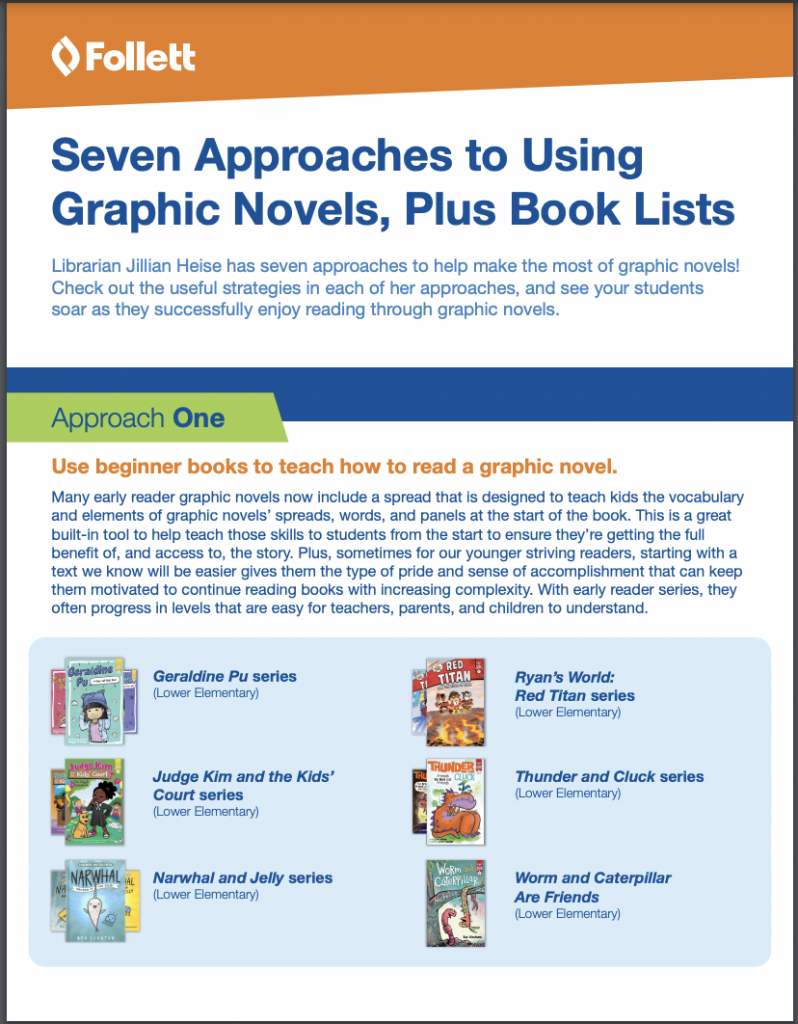
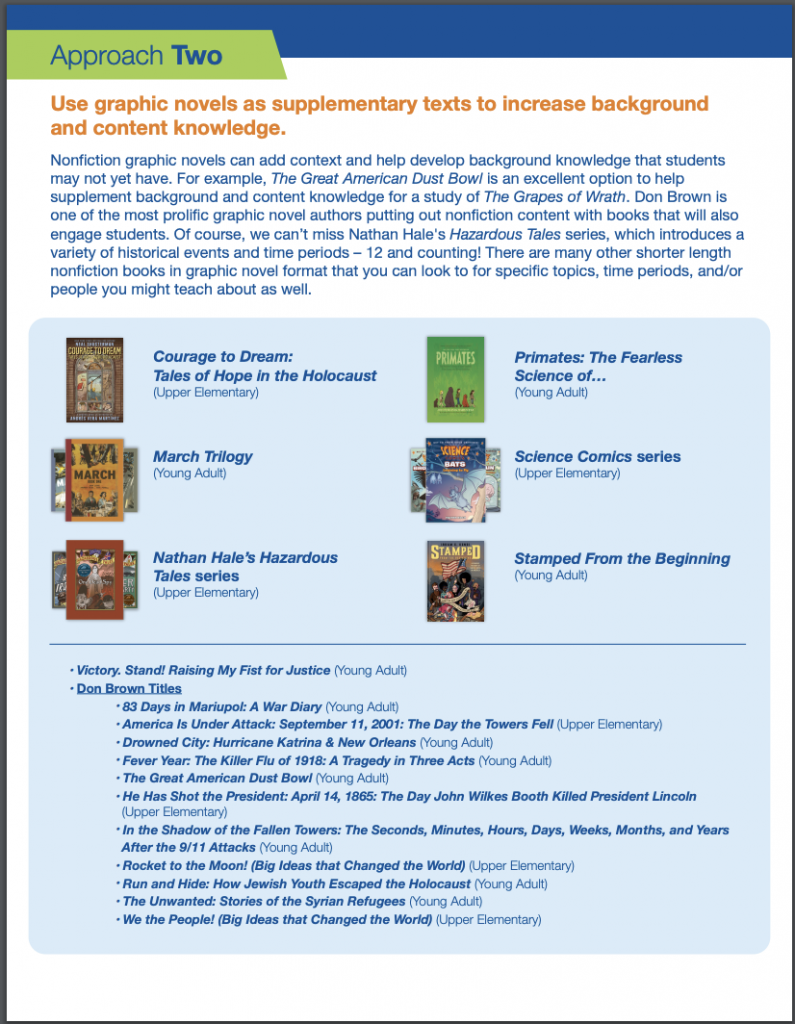
With so many ways to incorporate these texts into your curriculum, don’t miss out on including such a valuable reading resource! Support your striving (& thriving) readers with graphic novels and create even more excited, engaged students!
For Further Reading, SOURCES I CONSULTED
- “A Guide to Using Graphic Novels with Children and Teens” (Scholastic)
- “Comics and Literacy” (2019, ALIA Graphic NOvels and Comics)
- “Don’t be afraid to let children read graphic novels. They’re real books.” (MacPherson, 2020, The Washington Post)
- “An Educator’s Guide to Graphic Novels” (Lesesne, 2009, Random House)
- From Striving to Thriving (Harvey & Ward, 2017)
- “How Graphic Novels Help Students Develop Critical Skills” (Knutson, 2018, Resilient Educator)
- “Reading Comprehension through Graphic Novels: How Comic Books and Graphic Novels Can Help Language Learners” (Meuer, 2018, MinneTESOL Journal)
- “Redefining Literacy with Graphic Novels” (James, 2014, Minnesota English Journal
- “The Research Behind Graphic Novels and Young Learners” (Morrison, 2017, Northwestern Center for Talent Development)
- Research Papers on Visual Language (Cohn, Visual Language Lab)
- “Teaching with Graphic Novels” (School Library Journal)
- “Why You Should Encourage Your Child’s Love of Graphic Novels” (Hall, 2020, Parents)
- Research from the University of Oregon found that comic books averaged 53.5 rare or more complex words per 1,000. That’s more than children’s books which average 30.9 and even adult books at 52.7!




















